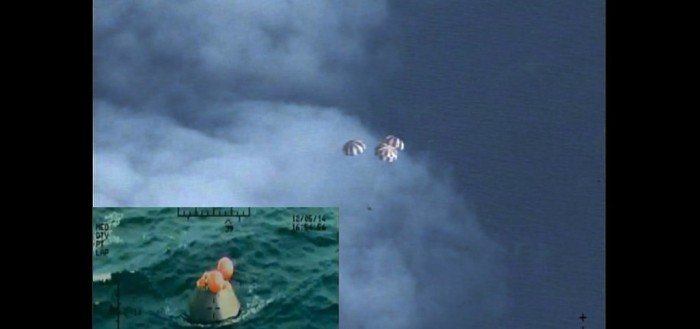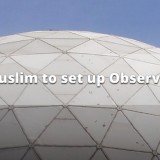NASA made headlines this Friday as its Orion spacecraft completed its first test flight successfully. The Orion test flight which was initially scheduled for the 4th of December was delayed by almost 24 hours due to problems with the fuel valves but was quickly rectified by engineers and successfully launched on the morning of 5th December.
The Orion blazed into the morning sky at 7:05 a.m. EST from its launch pad in Space Launch Complex 37 at Cape Canaveral Air Force Station in Florida on a United Launch Alliance Delta IV Heavy rocket. The Orion crew module splashed down approximately 4.5 hours later in the Pacific Ocean, 600 miles southwest of San Diego.
During the uncrewed test, Orion traveled twice through the Van Allen belt where it experienced high periods of radiation, and reached an altitude of 3,600 miles above Earth. Orion also hit speeds of 20,000 mph and weathered temperatures approaching 4,000 degrees Fahrenheit as it entered Earth’s atmosphere.
Now that the Orion has come back with its test data, the NASA and Lockheed Martin engineers will continue to improve the module and the heavy rockets that carry it into space. On future missions, Orion will launch on NASA’s Space Launch System (SLS) heavy-lift rocket currently being developed at the agency’s Marshall Space Flight Center in Huntsville, Alabama. A 70 metric-ton (77 ton) SLS will send Orion to a distant retrograde orbit around the moon on Exploration Mission-1 in the first test of the fully integrated Orion and SLS system.
Mark Geyer, Orion Program manager also added that “In the coming weeks and months we’ll be taking a look at that invaluable information and applying lessons learned to the next Orion spacecraft already in production for the first mission atop the Space Launch System rocket.”
The future looks promising for the Orion spacecraft, its first test flight was deemed successful and the NASA Orion program is definitely here to stay, with the next hopeful space flight being set for the moon and then onto Mars.






